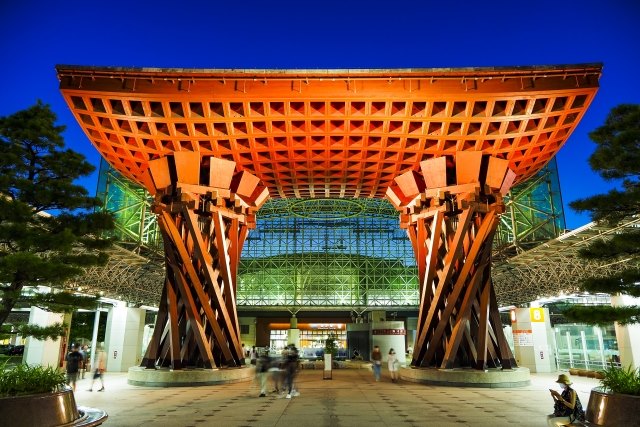Introduction to Instagrammable Photos in Ishikawa Prefecture
Kenrokuen Garden showcases different expressions through the four seasons, each of which is picture-perfect. Additionally, we pray for the swift recovery of Wajima, which was damaged by an earthquake. We will also introduce the charm of Wajima here.
Kanazawa Castle Park
Kanazawa Castle, built in 1580 by the Maeda family of the Kaga Domain, served as their residence for about 300 years. After the Meiji era, the castle was under military jurisdiction and later used as the Kanazawa University campus. After the university relocated in 1995, the castle ruins were developed into a park by Ishikawa Prefecture, preserving important cultural properties and stone walls. Kanazawa Castle is also famous for cherry blossoms, with about 400 cherry trees blooming in early April, attracting many visitors. The combination of Ishikawa Gate and cherry blossoms is a beautiful sight, popular among foreign tourists.
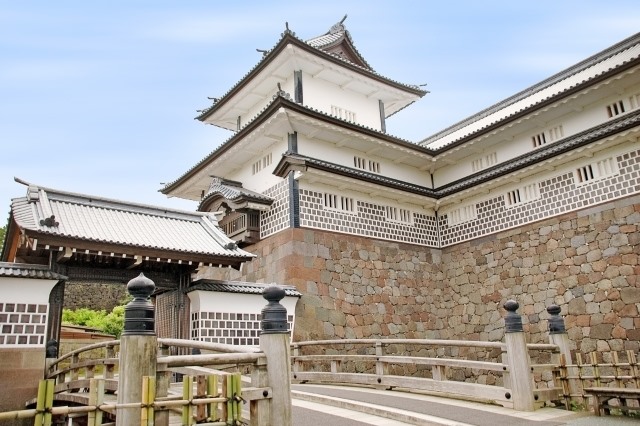
Instagram Worthiness:★★★★★
Photography Opportunity: All seasons
Location Information: ▶Map, Hours, Routes
Transportation Information: 11 minutes by bus from Kanazawa Station
Kenrokuen Garden
Kenrokuen, created as an outer garden of Kanazawa Castle during the Edo period, is one of Japan’s three great gardens, along with Kairakuen in Mito and Korakuen in Okayama. It received the highest rating of three stars in the 2009 Michelin Guide. The garden is vast, featuring ponds, teahouses, and is especially known for cherry blossoms, plums, and autumn leaves. The “Yukitsuri” seen in winter, which protects the tree branches from snow, is a winter tradition in Kanazawa. At night, the illuminated garden creates a magical scenery.

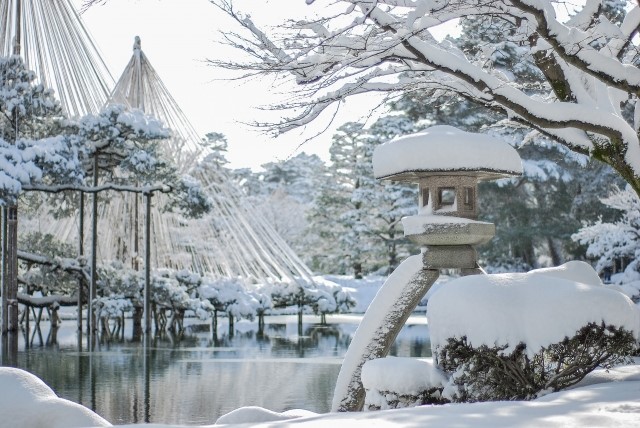
Instagram Worthiness:★★★★★
Photography Opportunity: All seasons
Location Information: ▶Map, Hours, Routes
Transportation Information: 5 minutes by bus from Kanazawa Station
Nagamachi Samurai District
Nagamachi Samurai District retains the scenery of the Edo period, with mud walls, stone-paved alleys, and stately samurai houses, giving a sense of stepping back in time. In winter, “komo-kake” is done to protect the mud walls from snow and ice, becoming a winter tradition in Kanazawa. The area from here to the bustling Kohrinbo district is lined with fine dining restaurants, local cuisine eateries, and cafes, attracting many people. This area once housed middle-class samurai homes in the Edo period, offering beautiful seasonal scenery such as fresh green and autumn leaves in the gardens.
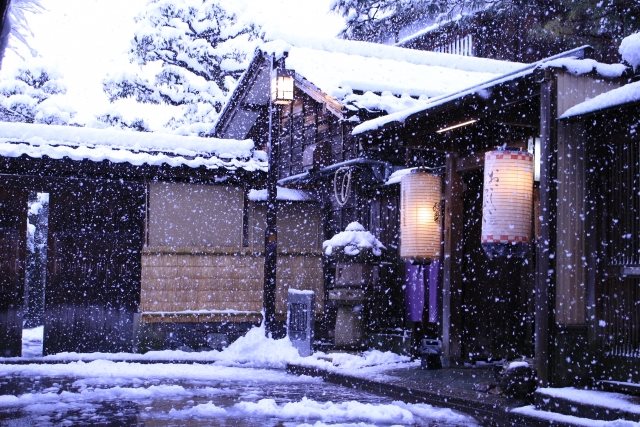
Instagram Worthiness:★★★★★
Photography Opportunity: All seasons
Location Information: ▶Map, Hours, Routes
Transportation Information: 9 minutes by bus from Kanazawa Station
Higashi Chaya District
Higashi Chaya District, a representative tourist spot symbolizing Kanazawa culture, retains the atmosphere of teahouses from the Edo period. The stone-paved streets are ideal for taking beautiful photos, and many female tourists enjoy renting kimonos and taking photos with the streets as a backdrop.
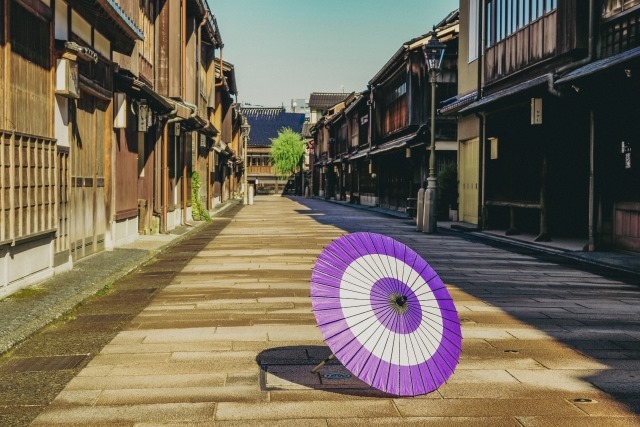
Instagram Worthiness:★★★★★
Photography Opportunity: All seasons
Location Information: ▶Map, Hours, Routes
Transportation Information: 9 minutes by bus from Kanazawa Station
Omicho Market
Boasting a history of about 300 years, Omicho Market is home to approximately 170 shops, offering a wide variety of fresh seafood, vegetables, fruits, meat, souvenirs, and sweets. It is a beloved shopping spot for locals, and the market is bustling with activity. Omicho Market is also conveniently located for access to Kanazawa Castle, Kenrokuen, Katamachi, Kanazawa Station, and museums, making it a recommended base for sightseeing.
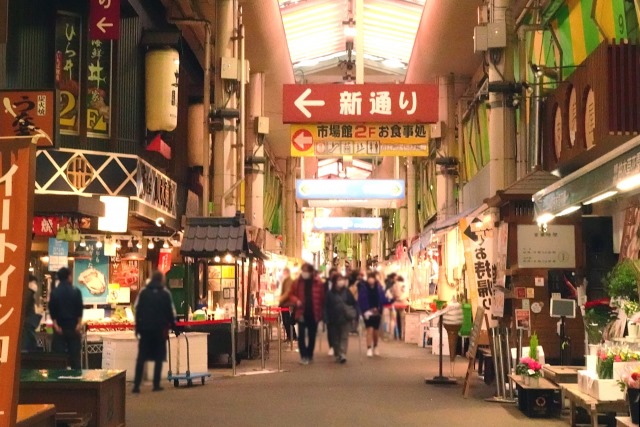
Instagram Worthiness:★★★★★
Photography Opportunity: All seasons
Location Information: ▶Map, Hours, Routes
Transportation Information: 4 minutes by bus from Kanazawa Station
Shiroyone Senmaida in Wajima
Wajima’s Morning Market, with a history of over 1000 years, is known as one of Japan’s three major morning markets, alongside Katsuura in Chiba and Yobuko in Saga. With over 200 stalls, fresh seafood, agricultural products, and crafts are sold. Visitors can enjoy not only shopping but also interacting with the locals. Shiroyone Senmaida, a representative terraced rice field, is Japan’s first designated World Agricultural Heritage site, offering beautiful seasonal scenery, especially captivating at dawn and dusk.
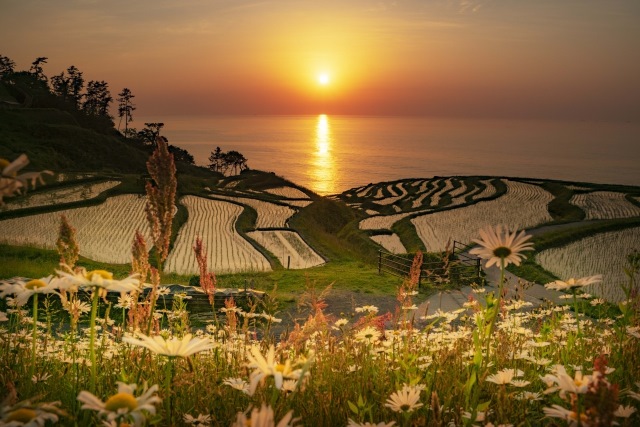
Instagram Worthiness:★★★★★
Photography Opportunity: Spring, Summer, Autumn
Location Information: ▶Map, Hours, Routes
Transportation Information: Infrequent public transport; car needed
